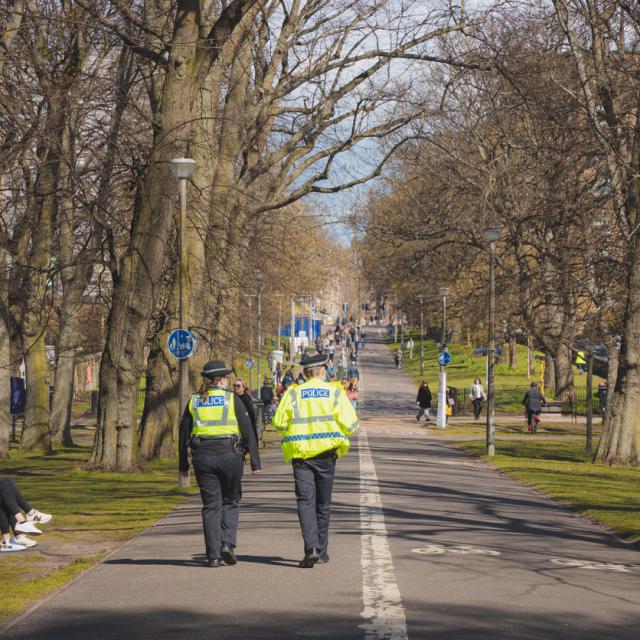Views and experiences of the under 18s elements of DBI


The Scottish Crime and Justice Survey (SCJS) is an annual survey of around 5,500 people living in Scotland, carried out on behalf of the Scottish Government by the Scottish Centre for Social Research (ScotCen) and Ipsos. It is a large-scale, nationally representative survey which asks people about their experiences and perceptions of crime and the justice system in Scotland and has been running since 2008/09. The survey provides the official national statistics on the prevalence of crime in Scotland and is used to track how crime is changing over time, as well as to guide public policy.
The 2021/22 Scottish Crime and Justice survey shows that the overall level of crime and the likelihood of being a victim of crime has fallen over the last 15 years or so. The latest findings also show that people feel safer in their local communities though there has been a fall in confidence in the police across a range of measures. Key findings include the following:
The sample used for the SCJS is designed to be representative of all private residential households across Scotland. Interviewers called at each address and then selected one adult (aged 16 or over) at random from the household members for interview. The questionnaire was conducted via face-to-face interviewing, if this was not possible or respondents were not willing to let an interviewer into their home, a telephone or video interview option was available. Interviews were conducted between November 2021 and December 2022. A total of 5,516 interviews were conducted and the achieved response rate was 47.3%. All respondents were asked about incidents experienced in the 12 months prior to the month of interview. An average interview lasted about 40 minutes. The results obtained were weighted to correct for the unequal probability of selection for interview caused by the sample design and for differences in the level of response among groups of individuals.
Receive a regular update, sent directly to your inbox, with a summary of our current events, research, blogs and comment.
Subscribe